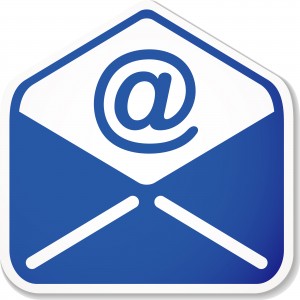How to Get a Busy Person to Respond to Your Email
This post is based on an excellent article written by Mattan Griffel, a very busy CEO, founder, coder, teacher, and quite a few more titles. In his article, he gives advice to people on how to get an email response from busy people like him with specific examples of how to better structure an email in order to illicit the response you are looking for.
The first thing to understand from this article is that if you are writing to someone and asking something from them, it is important for you to take a bit of time to think about your email and not just shoot off a 30 second email with no structure, point, or after thought. It could take the recipient much longer to answer your question, so take the time to form it properly.
Photo Credit: blog.spokeo.com
The second thing to understand is that pretty much everyone is busy these days. Don’t assume that just because the person you are emailing doesn’t have 10 titles doesn’t mean that they have all the time in the world to read a long and drawn out email.
Here are his 5 tips for emailing busy people:
- Keep it Short. As you might expect, this is pretty much the golden rule of emailing. Do not include extraneous information. If you feel you must, first write out a brief summary of your message, story, or request, so that you can get everything in within a few sentences. Then include the details and the person you are writing to can choose to go on reading or not, but at least they will have all of the information from the first few sentences.
- Format Your Email. Use bullet points, or some structure to make your email easier to read and highlight the main point or the main question. Make your email skim-able. One big chunk of an email is hard to read.
- Clearly State What You Are Asking For or Why You Are Writing. Being vague will likely not get you a response because it is more work for the person you are emailing. Instead of asking for help in a general way, Griffel explains to ask for a recommendation, or a quick yes or no answer.
- Make Your Request Reasonable. Ask yourself how long it will take the person you are emailing to respond to your question or request. Hint: It should be about 2 minutes. Don’t send long messages to read, and don’t expect to meet with someone for “advice” that will take up a great deal of their time.
- Explain Why They Should Answer You. Understand that if you are emailing someone for help or advice, you are likely not the only person that hour doing so. Why is your request different that all of those others?


















